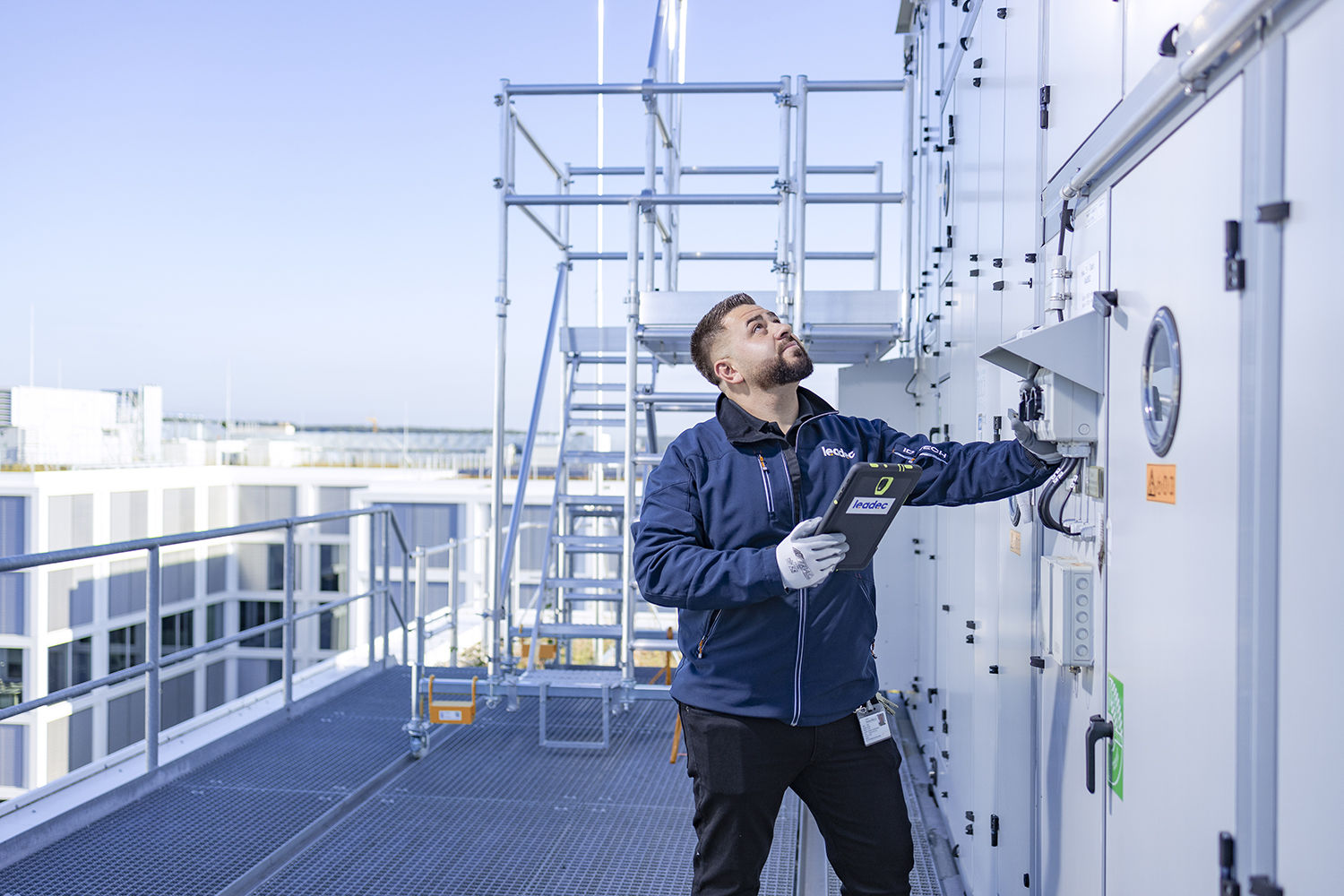Ideal Practices for Streamlining Facility Management Processes and Protocols
Ideal Practices for Streamlining Facility Management Processes and Protocols
Blog Article
The Vital Overview to Center Administration: Techniques for Success
Center administration plays an important function in the overall success of an organization, offering as the foundation that supports productivity, security, and efficiency. The subtleties of efficient facility monitoring prolong beyond plain logistics and require a comprehensive understanding of both quantitative and qualitative metrics.
Recognizing Center Management
What comprises effective center administration? Reliable facility management includes the coordination of different organizational features to ensure that constructed environments are secure, efficient, and for productivity. Facility Management. It incorporates the principles of engineering, company, and style administration to develop a seamless functional circulation within an organization
Crucial element of facility administration consist of space planning, maintenance management, and conformity with health and wellness regulations. Space planning concentrates on maximizing making use of physical resources to support organizational goals, while upkeep management makes sure that centers are maintained in optimum problem, making the most of life expectancy and minimizing functional costs. Compliance with lawful and regulative requirements is crucial, as it safeguards the organization versus prospective responsibilities and enhances its credibility.
Additionally, efficient center administration depends on the tactical use modern technology, such as Building Monitoring Equipment (BMS) and Computer-Aided Center Management (CAFM) devices. These modern technologies promote real-time surveillance of building systems and streamline upkeep procedures. Eventually, an extensive approach to center monitoring not only advertises functional efficiency however additionally fosters a favorable setting for site visitors and employees alike, driving overall business success.
Trick Approaches for Optimization
Optimizing center monitoring calls for a calculated method that lines up operational exercise with business goals. To accomplish this, the very first key method is the application of incorporated technological solutions. Using sophisticated software systems permits real-time monitoring of center operations, assisting in data-driven decision-making and improving overall efficiency.
Second of all, routine assessments of center performance are vital. Carrying out routine examinations and audits allows center supervisors to identify areas that need renovation, making sure that resources are allocated successfully. This aggressive method aids in reducing downtime and boosting solution delivery.
Another critical technique is cultivating cooperation throughout departments. By encouraging open interaction between teams, facility supervisors can better straighten their strategies with company objectives, leading to enhanced functional synergy. In addition, engaging staff in training programs promotes a culture of liability and enhances their capability to add to optimization efforts.
Enhancing Safety Protocols
Enhancing security methods is essential for developing a safe environment within centers. An extensive safety and security method not only secures staff members and visitors yet additionally enhances operational performance. To attain this, facility managers should carry out normal danger analyses to identify potential risks and make sure that appropriate steps remain in area.
Educating and education and learning are essential elements of efficient security methods - Facility Management. Staff members should obtain ongoing training in emergency situation treatments, devices handling, and individual safety actions. Normal drills, such as fire discharges or lockdown treatments, foster knowledge and readiness amongst team
In addition, clear interaction networks need to be developed to report safety and security worries immediately. This consists of producing an available platform for employees to voice possible threats or cases without anxiety of retribution. Leveraging modern technology can boost safety actions; for instance, executing surveillance systems and access controls aids keep an eye on facility tasks and limit unauthorized access.
Last but not least, compliance with local policies and market requirements is non-negotiable. Regular audits and testimonials of security protocols make certain positioning with current regulations and finest practices. By prioritizing these methods, facility supervisors can grow a culture of safety and security that safeguards all stakeholders and eventually adds to news the organization's success.
Improving Office Atmosphere

Ergonomic factors to consider are vital to reduce physical stress and discomfort. Facility Management. This involves providing adjustable furnishings, proper lighting, and appropriate area for motion. These changes can cause decreased absenteeism and increased task contentment
Aesthetic appeals play an important duty in forming the office environment. Using color psychology, natural lighting, and greenery can foster a boosting and welcoming setting. Attentively made spaces can increase imagination and boost total well-being.
Moreover, encouraging worker interaction via comprehensive decision-making procedures can enhance the sense of ownership and belonging. Gathering comments on work environment enhancements and including staff members in the layout procedure can lead to a more tailored environment that meets their needs.
Lastly, promoting well-being efforts, such as wellness programs and relaxation areas, can even more add to a helpful work environment culture. By focusing on these techniques, facility managers can efficiently improve the workplace environment, driving both employee satisfaction and hop over to here business success.
Gauging Success in Facilities
Determining success in facility management requires a comprehensive approach that assesses both qualitative and quantitative metrics. Quantitative metrics typically include vital efficiency signs (KPIs) such as space use prices, energy consumption, upkeep prices, and tenancy levels. These metrics offer a clear image of functional performance and financial performance, permitting center managers to recognize areas for improvement and benchmark versus market standards.
Qualitative metrics, on the other hand, concentrate on individual fulfillment and worker engagement. Studies and feedback mechanisms can evaluate exactly how well the facilities fulfill the needs of occupants, assisting to evaluate the total workplace environment. This facet is important, as a satisfied labor force is frequently connected to enhanced productivity and retention prices.
To effectively gauge success, facility supervisors should additionally take into consideration incorporating modern technology, such as constructing administration systems and data analytics devices, to accumulate and examine relevant data. Regularly examining both sets of metrics enables for an extra balanced sight of efficiency and notifies strategic decisions. Inevitably, an effective center administration technique rests on a commitment to constant renovation, guaranteeing that both functional efficiencies and individual contentment are prioritized.
Final Thought

Facility management plays a critical duty in the total success of a company, serving as the foundation that sustains efficiency, performance, and security.Key elements of center administration include space planning, upkeep management, and conformity with health and wellness and safety laws.Furthermore, reliable center monitoring depends on the calculated use of modern technology, such as Structure Management Systems (BMS) and Computer-Aided Center Administration (CAFM) click to read more devices. Ultimately, a comprehensive method to facility monitoring not just promotes operational effectiveness but also promotes a favorable setting for site visitors and employees alike, driving general organizational success.
Inevitably, a successful facility monitoring technique pivots on a dedication to constant renovation, guaranteeing that both functional effectiveness and customer satisfaction are focused on.
Report this page